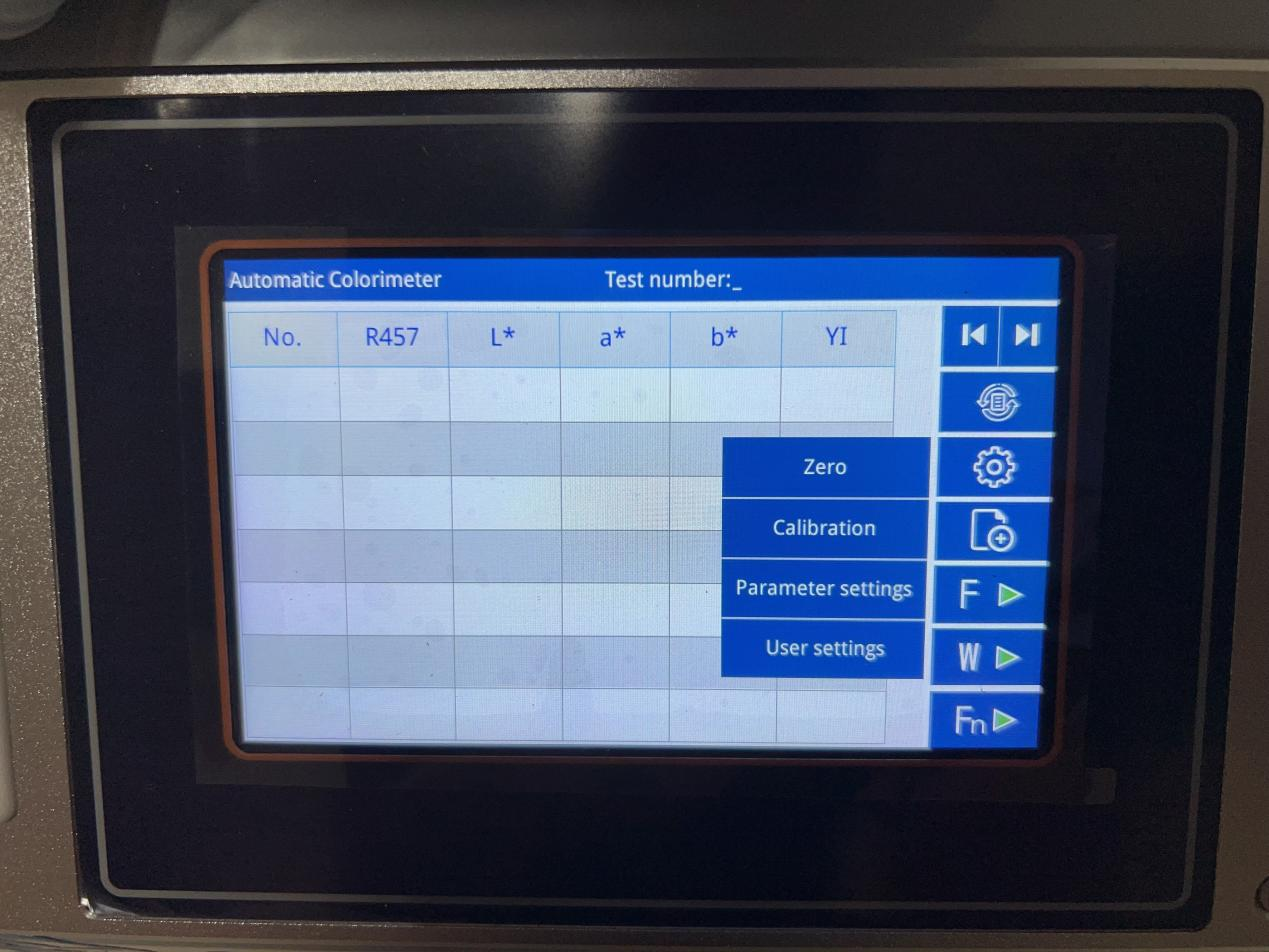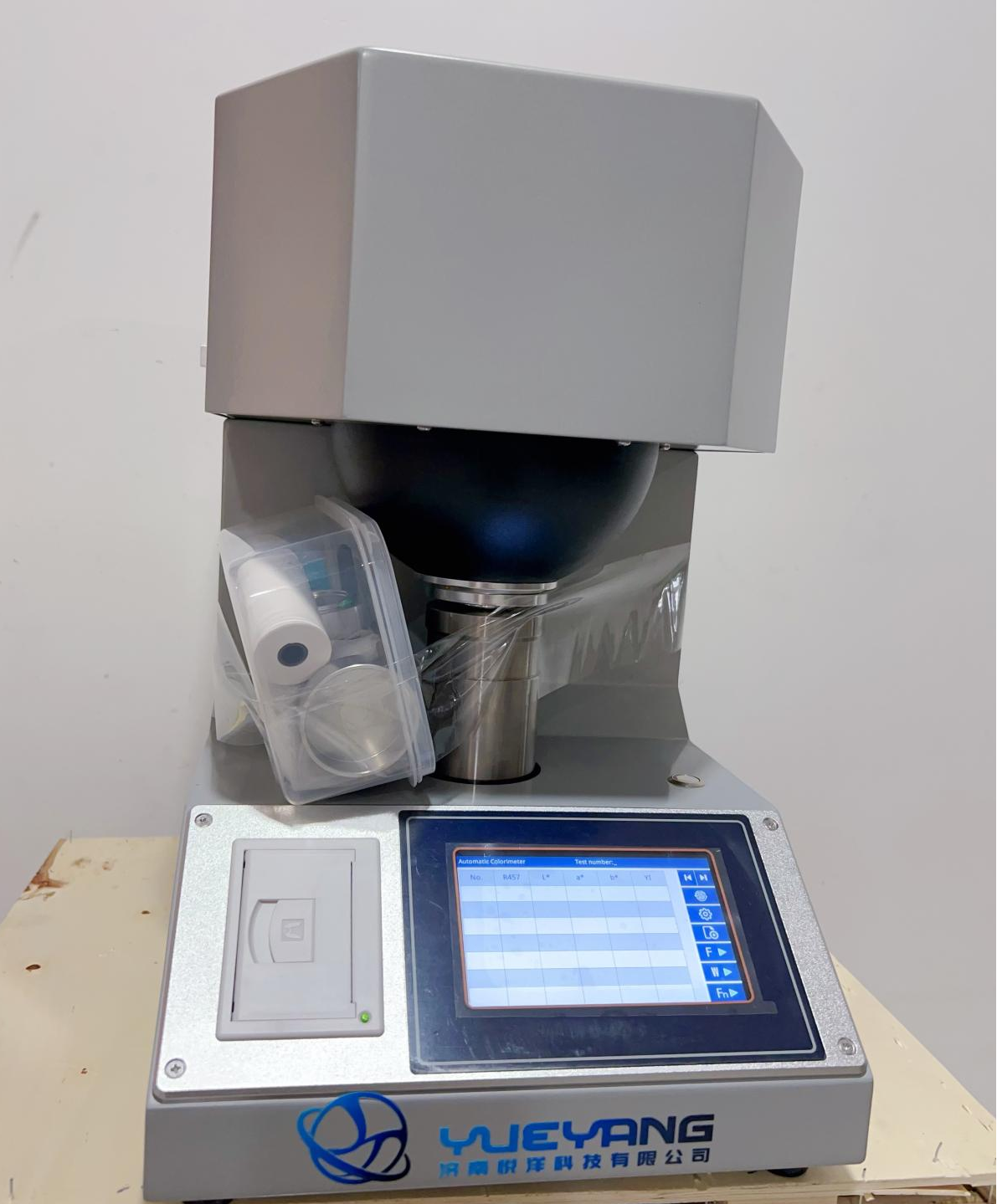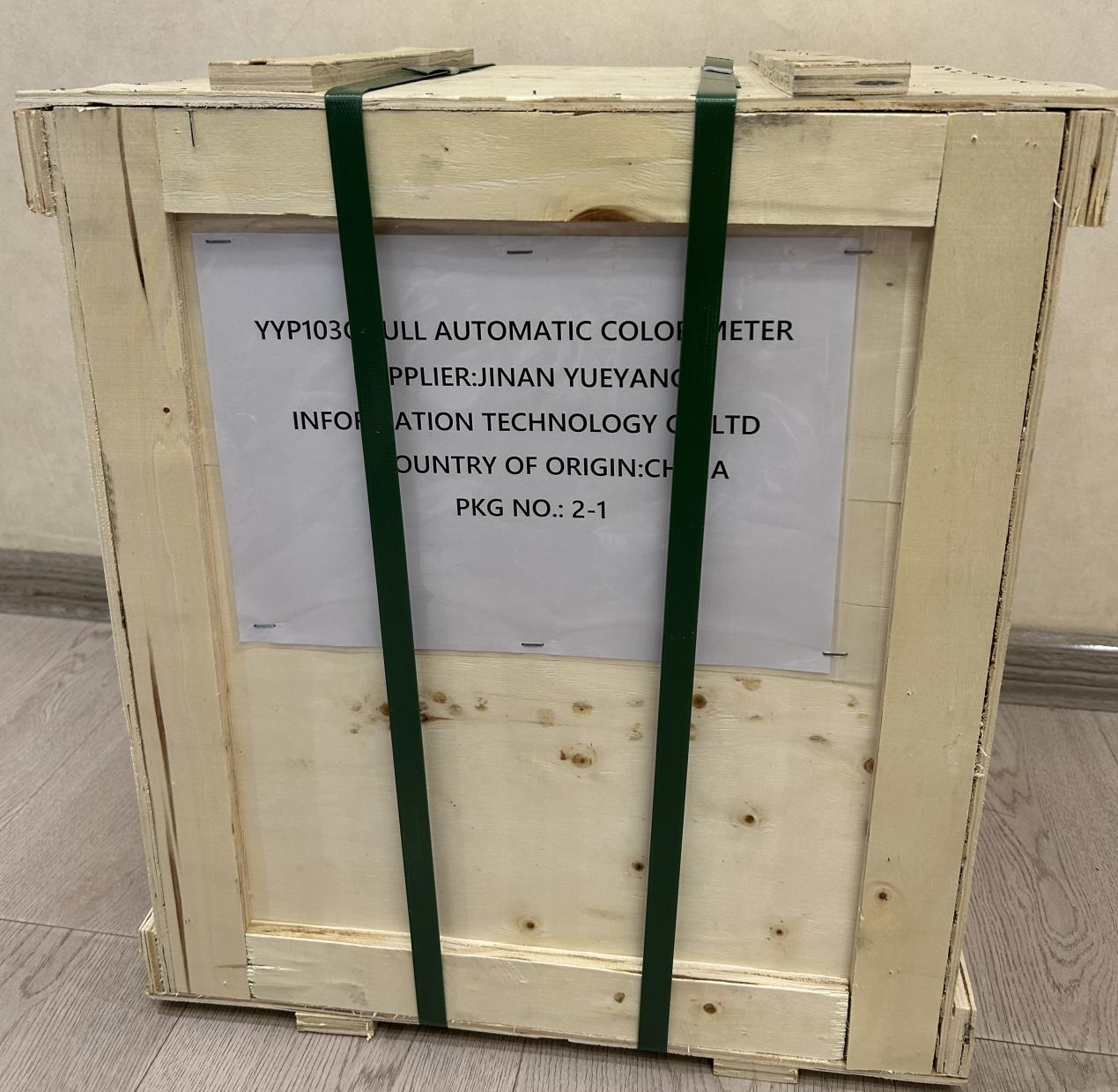The working principle of the YYP103C fully automatic colorimeter is based on spectrophotometric technology or the theory of the three primary colors perception. By measuring the characteristics of the reflected or transmitted light of an object and combining with an automated data processing system, it achieves rapid and accurate analysis of color parameters.
Core Principles and Workflow
1. Optical Measurement Techniques
1). Spectrophotometry: The instrument uses a spectrometer to decompose the light source into monochromatic light of different wavelengths, measures the reflectance or transmittance at each wavelength, and calculates color parameters (such as CIE Lab, LCh, etc.). For instance, some models feature an integrating sphere structure covering the 400-700nm spectrum to ensure high precision.
2). Trichromatic Theory: This method employs red, green, and blue (RGB) photodetectors to simulate human color perception and determine color coordinates by analyzing the intensity ratios of the three primary colors. It is suitable for rapid detection scenarios, such as portable devices.
2. Automated Operation Process
1). Automatic Calibration: The instrument is equipped with an internal standard white or black plate calibration function, which can automatically complete baseline correction with a single button operation, reducing the impact of environmental interference and instrument aging.
2). Intelligent Sample Recognition: Some fully automatic models are equipped with cameras or scanning wheels that can automatically locate samples and adjust the measurement mode (such as reflection or transmission).
3). Instant Data Processing: After measurement, parameters such as color difference (ΔE), whiteness, and yellowness are directly output, and it supports multiple industry standard formulas (such as ΔE*ab, ΔEcmc).
Technical Advantages and Application Fields
1.Efficiency:
For instance, the YYP103C fully automatic colorimeter can measure over ten parameters such as whiteness, color difference, and opacity with just one click, taking only a few seconds.
2.Applicability:
Widely used in industries such as papermaking, printing, textiles, and food, for example, to detect the ink absorption value of paper or the color intensity of drinking water (platinum-cobalt method).
By integrating high-precision optical components and automated algorithms, the fully automatic colorimeter significantly enhances the efficiency and reliability of color quality control.
Post time: Jul-01-2025







